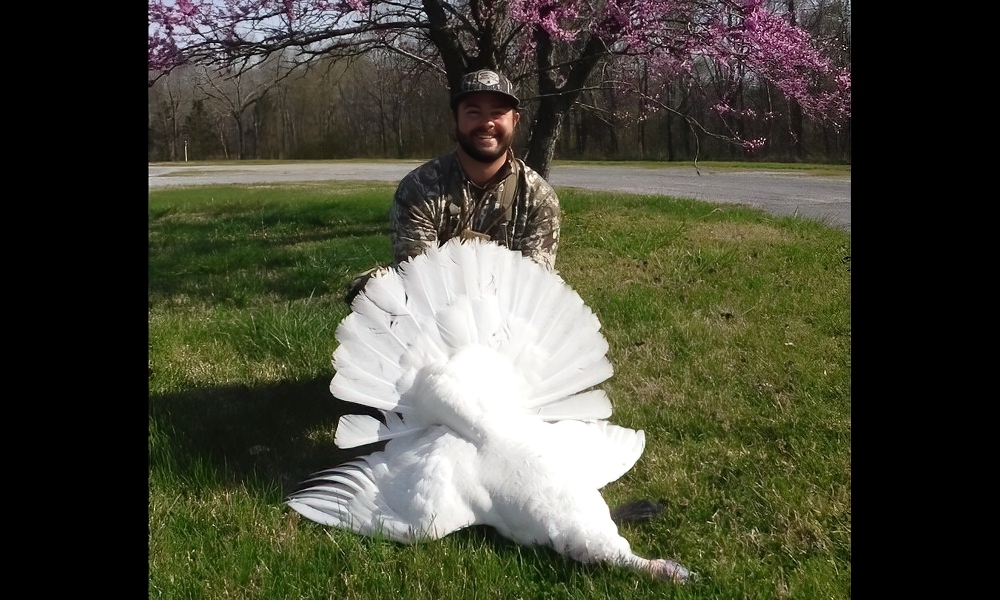Authorities in Montana are seeking public assistance in identifying the person responsible for illegally killing a wolverine.
Montana Fish, Wildlife & Parks on Thursday said the wolverine carcass was discovered Nov. 10 on U.S. Forest Service Road 7377, northwest of Wisdom.
The animal had been shot, skinned, and left to rot.
Wolverines, described by Fish, Wildlife & Parks as “one of Montana’s rarest animals,” are protected and cannot be legally hunted or trapped.
The stout mammals, which inhabit mostly remote, high-altitude regions of Alaska, Canada, and the northwest continental U.S., are elusive and encounters are rare.

Their populations and movements are poorly understood, but studies have shown that they roam long distances while expanding home ranges.
Wolverines are almost bear-like in appearance and can be ferocious. Fish, Wildlife & Parks states on its website: “Some describe a wolverine as an animal with a thousand pounds of attitude in a 30-pound body.”
According to the National Wildlife Federation, resident populations exist in Alaska, Canada and Russia, as well as Washington, Montana, Idaho, Wyoming, and a small portion of Oregon.
A wolverine sighting in Yellowstone National Park early last March generated lots of excitement because sightings in the park are so rare.
Wisdom is located about 200 miles northwest of Yellowstone.
–Generic wolverine images courtesy of Montana Fish, Wildlife & Parks

